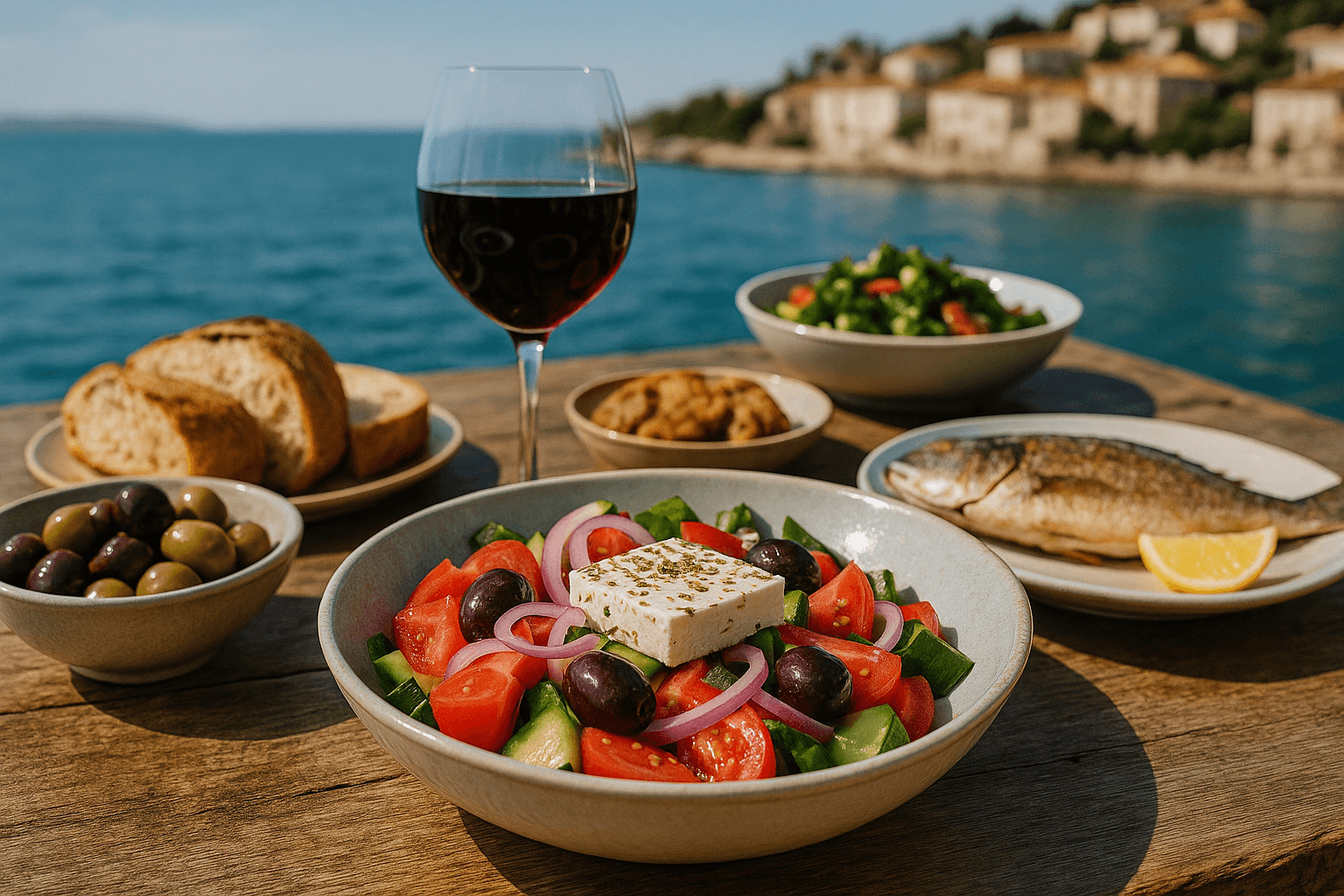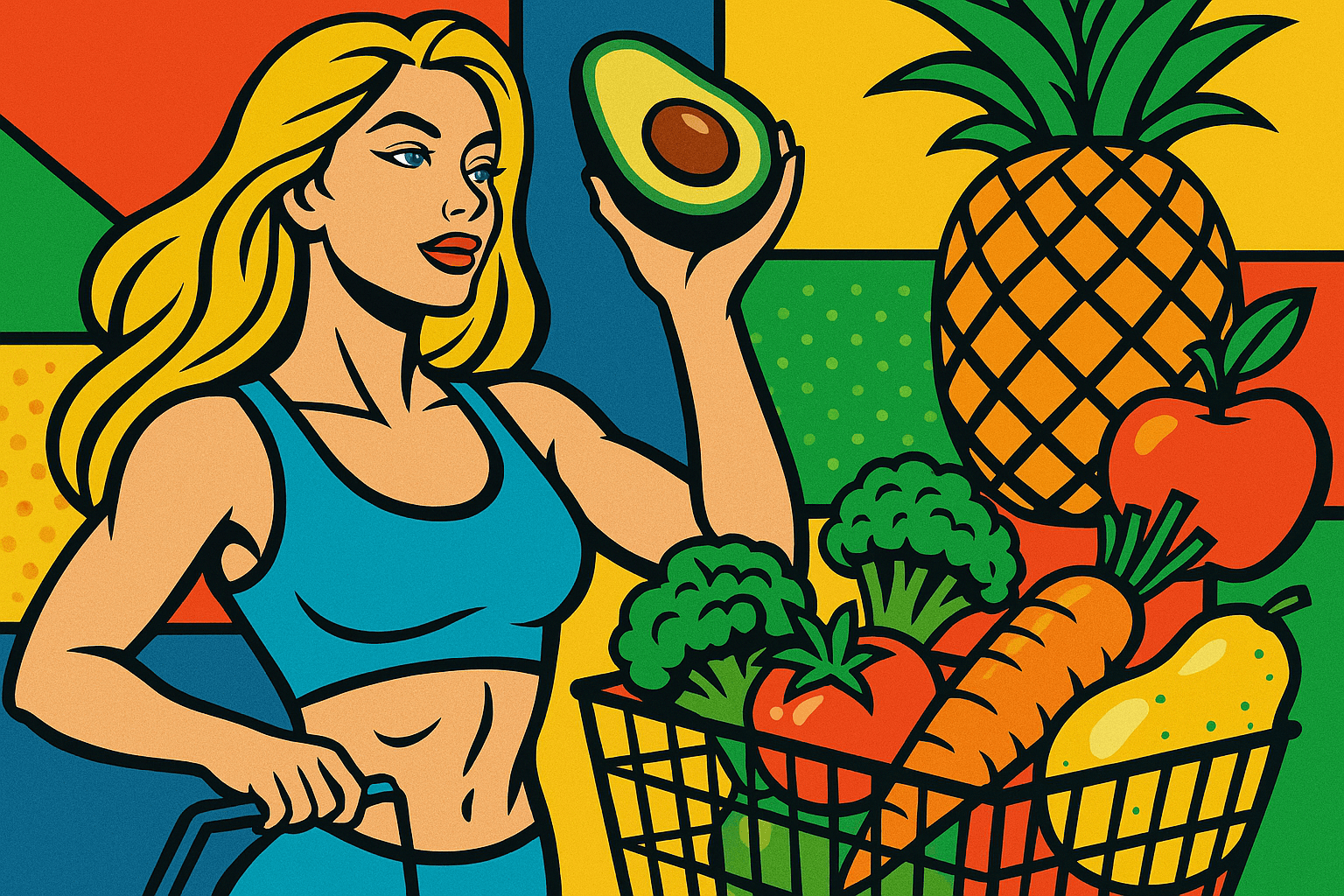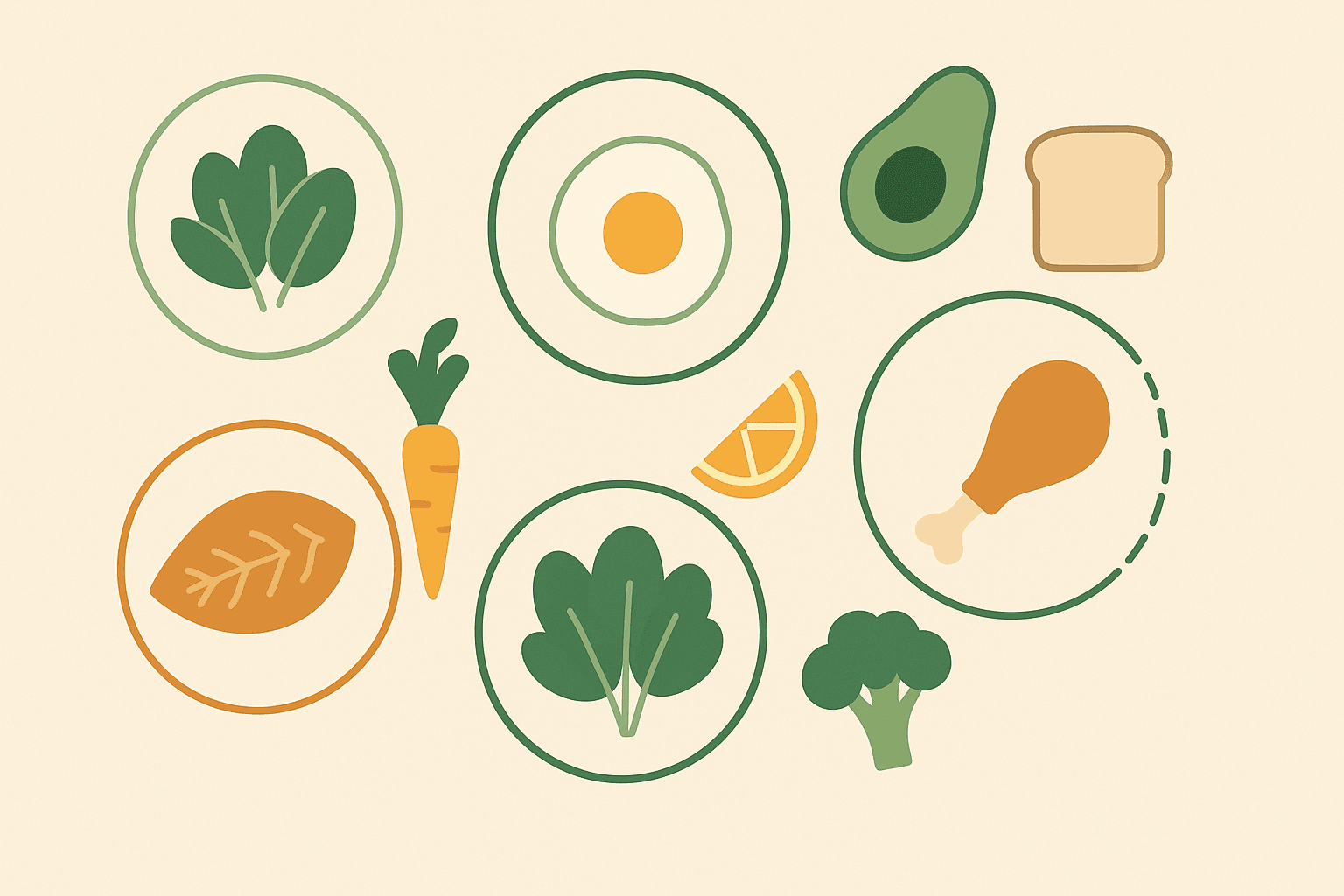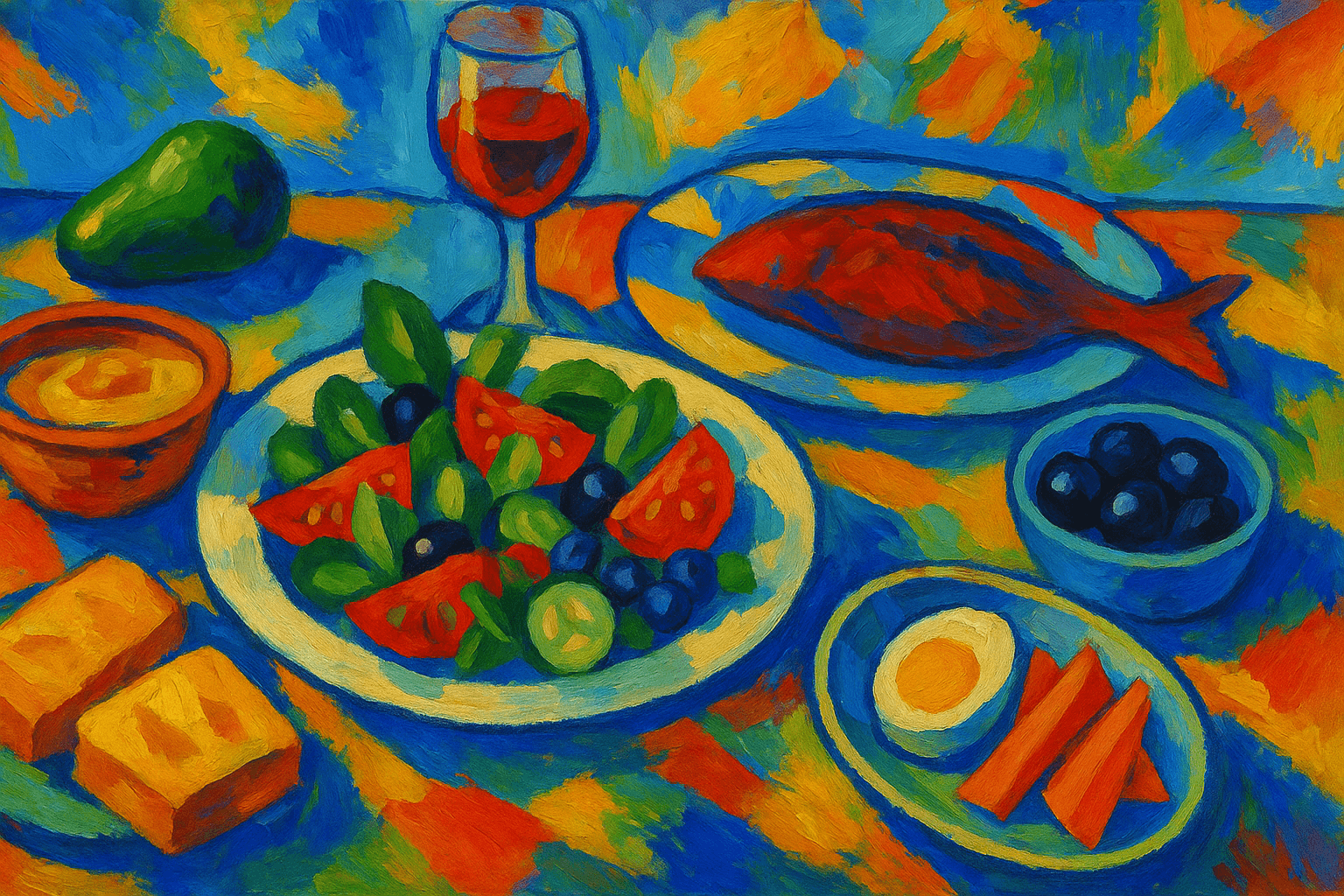The Flexitarian Formula: How to Eat Mostly Plants Without Giving Up Meat
Published on June 11, 2025
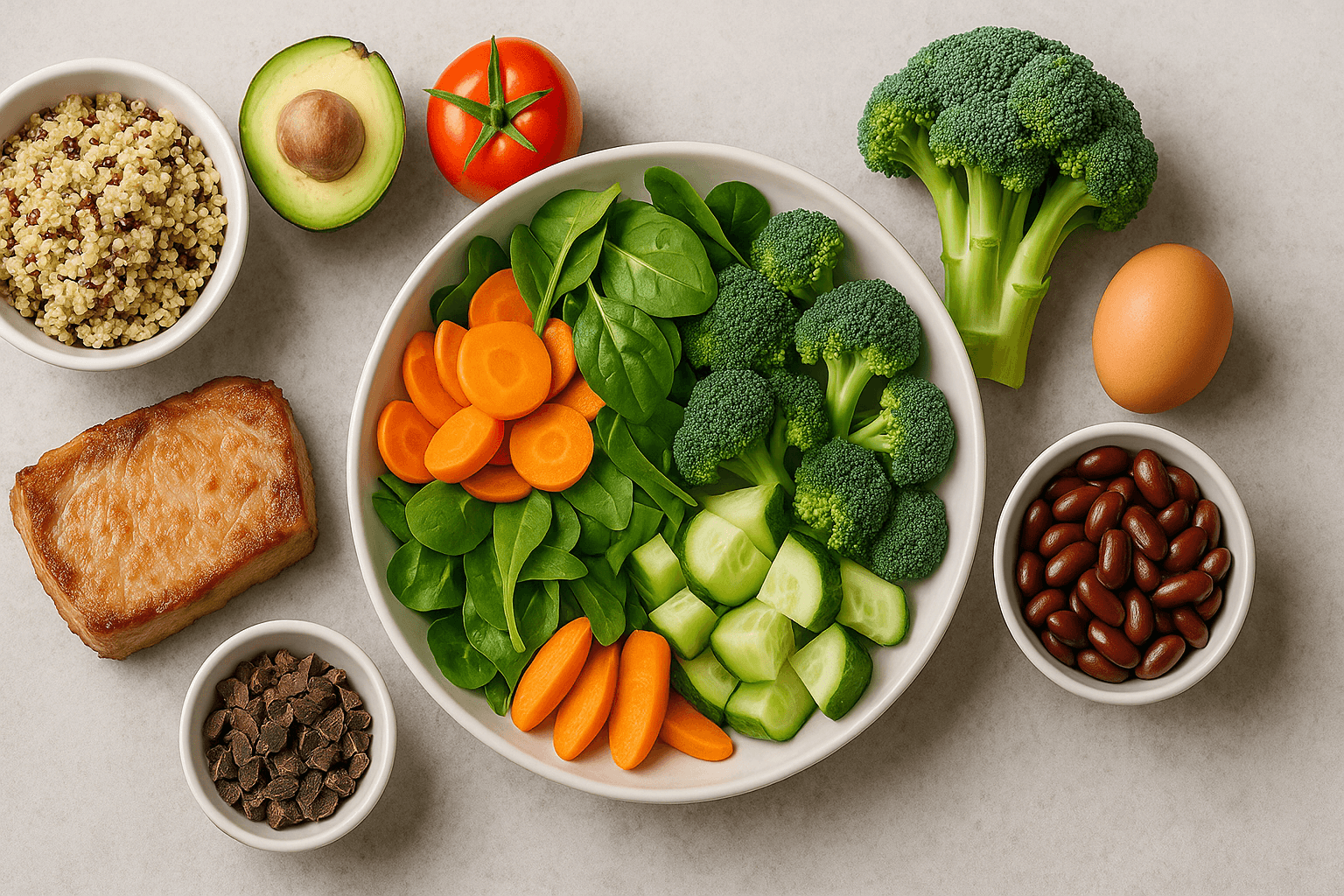
The flexitarian diet is all about flexibility, not restriction. It prioritizes mostly plant-based meals — vegetables, legumes, whole grains, and healthy fats — while still allowing room for occasional animal products like eggs, yogurt, or lean meats. No extremes, no guilt, just balance.
What Is the Flexitarian Diet?
This approach is 80% plant-forward, 20% flexible. Think of it as a sustainable, science-backed lifestyle that blends the benefits of vegetarian eating with the variety of an omnivore's plate.
Why Go Flexitarian? The Science Says...
Better heart health
Lower risk of type 2 diabetes
Reduced inflammation
Environmental benefits
More sustainable long term
Supports gut health and digestion
Encourages mindful eating habits
Naturally supports healthy weight maintenance
What to Eat on a Flexitarian Diet
Build your meals around:
Vegetables: spinach, broccoli, sweet potatoes, peppers
Pulses: lentils, black beans, chickpeas
Whole grains: quinoa, oats, brown rice, farro
Plant proteins: tofu, tempeh, edamame, nuts and seeds
Healthy fats: avocado, olive oil, tahini
Include in moderation:
Eggs, yogurt, cheese
Lean poultry or fish 2–3x/week
Red meat up to 1x/week (preferably grass-fed)
Drinks:
Water, herbal teas, kombucha
Coffee in moderation
Limit sugary drinks
A Sample Day on the Flexitarian Diet
Breakfast: Overnight oats with almond milk, berries, chia seeds, and a spoon of Greek yogurt
Snack: Walnuts and green tea
Lunch: Lentil and quinoa salad with roasted veggies and tahini dressing
Snack: Apple slices with almond butter
Dinner: Grilled salmon with steamed broccoli and sweet potato
Dessert: Dark chocolate square with walnuts
Optional: kefir, sparkling water with citrus, or a green smoothie
Real-Life Tips to Make It Work
Don’t replace meat with junk — swap it for whole ingredients
Prep staples like lentils, beans, and grains in advance
Start meals with vegetables as your foundation
Draw inspiration from global cuisines
Keep flexible proteins like canned beans, tofu, and eggs on hand
Focus on progress, not perfection
Eat seasonally for best taste and nutrition
Flexitarianism: Debunking the Myths
“It’s vegetarianism in disguise.” — Nope, it’s flexible by design
“You need to go all-in.” — Small changes have big impact
“It’s complicated.” — It’s actually simpler than most diets
“You won’t get enough protein.” — You will, with bonus fiber
“It’s not family-friendly.” — Totally adaptable for kids and groups
Final Thoughts
Flexitarianism proves you don’t need to choose between health, flavor, and realism. Add more plants, keep what you love, and make room for change without rigidity.
Start with one plant-based meal a day. Grow from there.
Eat smart. Live long. Flex on.




